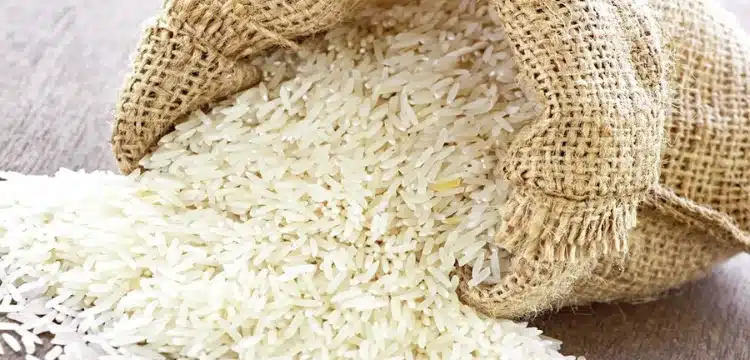[vc_row][vc_column][vc_column_text dp_text_size=”size-4″]Rice exports in Pakistan, the country’s third-largest export group after Textile and IT services, witnessed a decline of 14.5 percent in FY23, falling to $2.1 billion from the previous year’s $2.5 billion. However, experts remain optimistic about the upcoming year, predicting bumper yields in 2023-24 that will boost rice exports to $3 billion.
The ban on rice exports imposed by India offers Pakistan a significant opportunity to fill the void in the market, expand into new territories, and increase revenues. Chairman of the Rice Exports Association of Pakistan, Chela Ram Kelwani, expressed confidence in achieving a five million tons rice export target during the current fiscal year.
Recent weeks have seen an increase in global rice export prices, affecting both Thailand and Pakistan. Thailand, which previously offered rice at $495 per metric ton (FOB), is now quoting a rate of $625 per metric ton (FOB). Similarly, Pakistan’s rice prices have risen to $600 per metric ton (FOB) from the previous $485 per metric ton (FOB).
Also Read: AirSial Expands Operations with Flights to Saudi Arabian City
The previous year’s challenges were exacerbated by devastating floods that resulted in a 21 percent loss of national rice production, contributing to the decline in exports. While international demand remained high, the domestic shortfall hindered sufficient rice supply for exports.
Although this year’s crop outlook appears positive, there is a need to raise awareness about new technologies among farmers, especially in Sindh, where the major non-basmati rice variety, IRRI-6, is cultivated. Additionally, efforts to lower the percentage of broken rice through technology adoption are crucial.
The lack of value addition remains a significant impediment to fully tapping into Pakistan’s rice export potential. While exports are made to UAE, Indian businesses reprocess and repackage the rice for higher-margin sales worldwide, indicating a missed opportunity for Pakistan to benefit from added value.
The upcoming fiscal year holds promise for a rice export rebound in Pakistan, driven by anticipated bumper crops and the advantage of the Indian export ban. However, addressing bottlenecks in the export value chain and investing in technology and marketing with government support are vital for sustainable growth in the rice sector.[/vc_column_text][/vc_column][/vc_row]











